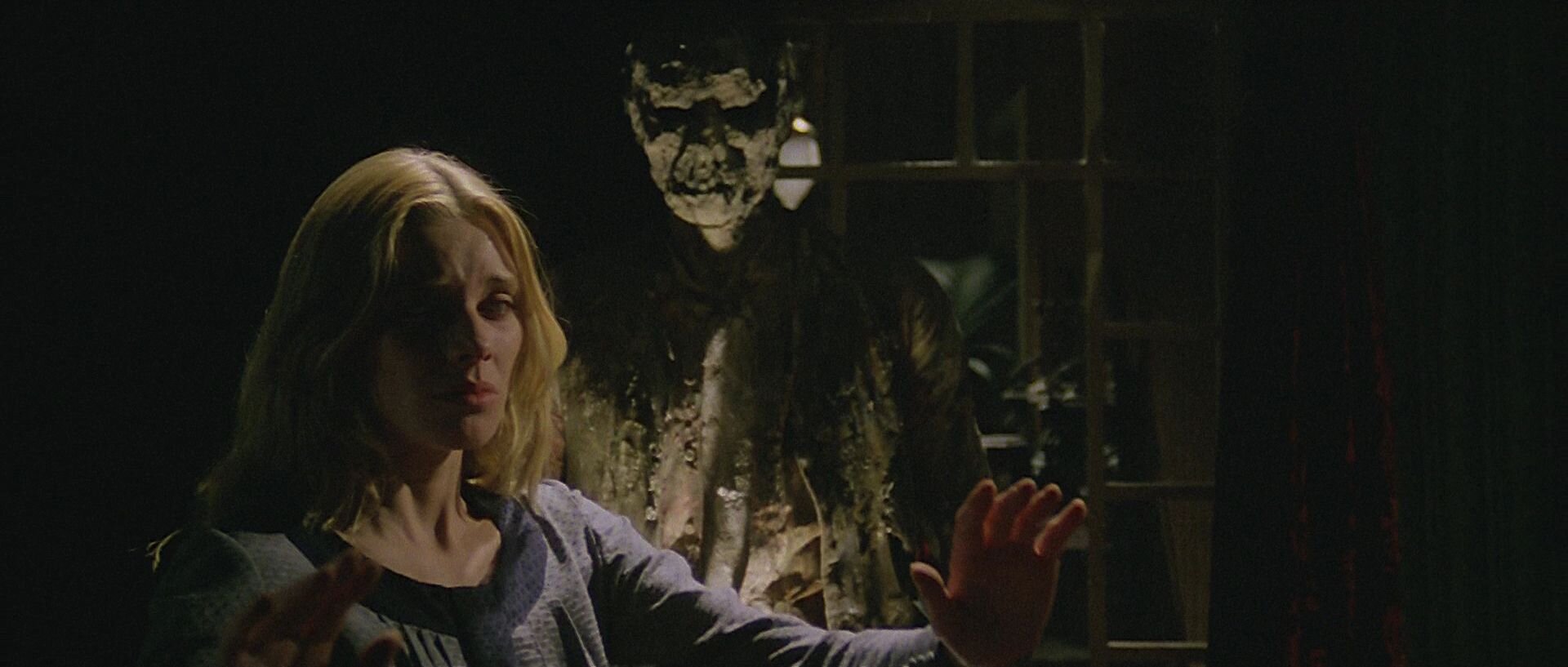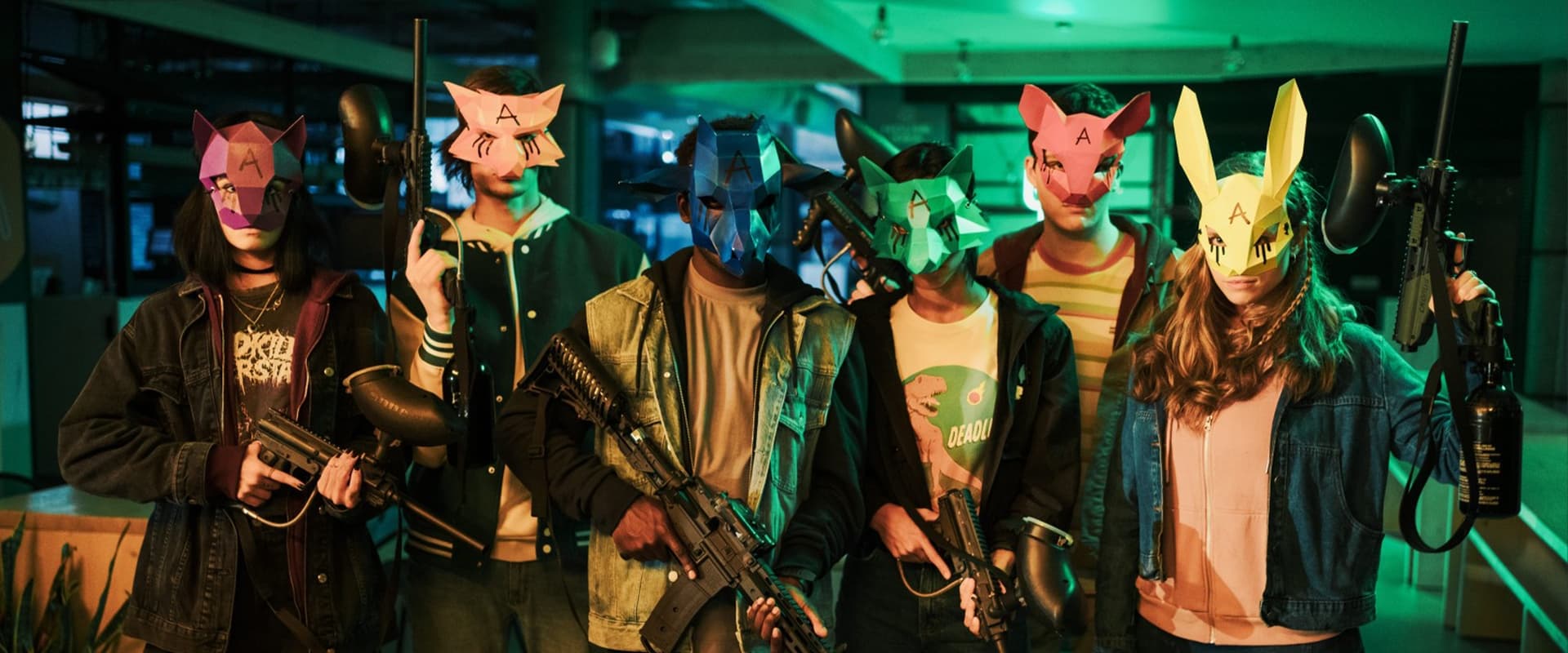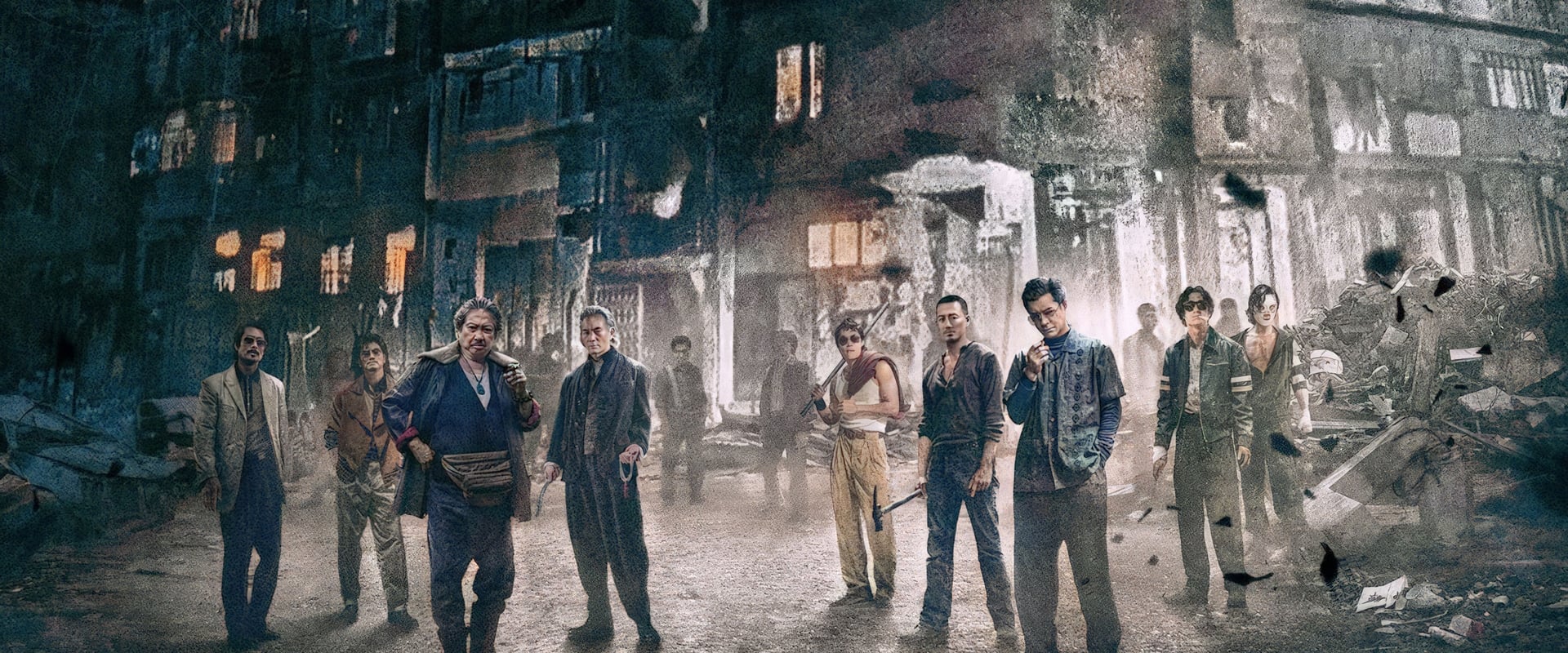Let’s not pretend otherwise: “The Beyond” is not a movie that stoops to court your comprehension, let alone your approval. The first thing to say about Lucio Fulci’s 1981 Southern Gothic splatter opera—this fever-dream of congealed dread, oozing viscera, and poetic free-association—is that it laughs in the face of what most filmgoers consider narrative logic. But in so doing, it offers up a delirious orgy of supernatural delirium the likes of which American genre fare, buttoned-up and market-tested, wouldn’t dare attempt.
The plot? Surely you jest. Fulci, having tossed away the idea of a script as unnecessary luggage, drops us into Louisiana so sodden with decay and occult terror that even Faulkner might have blinked. There’s a prologue (1927: mob justice, witchcraft, an artist crucified and dissolved in a basement that is said—quite literally!—to sit atop hell’s front porch), and then a fast-forward to Liza (Catriona MacColl, her name wrapped in lavender fog), who’s inherited a crumbling hotel and, like so many Fulci heroines, finds herself menaced by mute omens and lurching corpses. Doors won’t stay closed; the living and the dead don’t see eye to eye; and there are more uncooperative zombies than WPA relics in a Mississippi barn.
But to narrate “The Beyond” is to flatten it, to mistake the shape of a lopsided fever dream for the neat arc of a slasher plot. Fulci would have none of that. He’s after (and, I’d argue, achieves) something truer to the horror we experience in nightmares: scenes bleed into each other with a surreal offhandedness, death follows its own rules, and the world keeps sliding out from under your firmest grip. This is storytelling as séance, with the director conjuring not meaning but sensation—like a cold hand on the back of your neck that may or may not be part of your own body. I’m not immune; I’m rattled and thrilled and sometimes left slack-jawed with confusion. The logic of this movie—if it can be called logic—is that of an anxiety attack after midnight on a rainy Wednesday.
You don’t come to Fulci for character development or even character survival. But bless Catriona MacColl, whose Liza brings a quivering, plucky dignity to this squalid slipstream of the occult. MacColl, so often cast as an empress of the haunted, manages to be the only warm-blooded anchor in a narrative determined to gut every last trace of stability. She blanches, she flinches, she makes you believe that behind all the wavering bravado, she’s snared in the sticky web of Fulci’s nightmare logic. As for David Warbeck, the good doctor—he nips at heroism like a dog left out overnight in the delta rain: eager, slightly absurd, and ultimately as lost as everyone else when the gates to hell creak open.
What’s remarkable—what had me startled and yet beguiled—is Fulci’s utter refusal to play by our rules. Deaths don’t advance the story; they’re paintings, set pieces, each more ghastly and slyly inventive than the last. A man is eaten alive by tarantulas in a library, as if Fulci figured Kafka’s nightmares didn’t go nearly far enough. A woman’s face is melted by acid, dissolving into a waxy slurry. The violence—crude, riotous, and undeniably effective—makes you feel the weight of human frailty, but with a magpie’s eye for morbid poetry.
Is it inconsistent? Yes, gloriously so. Fulci seems to take a perverse pleasure in upending any expectation the viewer brings to the creaky hotel. One minute you’re pacing shadow-soaked corridors, the next you find yourself adrift in a metaphysical desert, the world’s last bleak painting. The movie’s pacing lurches like one of its own zombies—at times you’re sinking in existential, near-still terror, at others you’re flung from one blood-soaked set piece to the next with no warning, like a cork bobbing in a river flood. Yet that’s exactly the point: as I watched, annoyance bled seamlessly into fascination. Fulci’s style is choppy not because he doesn’t know his craft, but because he’s hell-bent on denying us comfort, or even cause-and-effect. The hotel, he seems to say, is just an excuse—a haunted toybox—and what matters is not destination, but the rabbit-hole swirl of dread that he can conjure up from any sliver of plot.
The dialogue—oh, the dialogue!—careens between perfunctory exposition (“The beyond is open!”) and those deliciously surreal exchanges that only make sense when you’re on the business end of a nightmare. People speak to each other as if their words must first be fished out of a bowl of thick, opaque syrup. It’s not realism; it’s another alien layer in Fulci’s vision, where people talk because you have to, not because they’ll ever be truly heard.
If “The Beyond” survives as more than a curio, it’s due as much to its visual tenacity as to its mush-mouthed narrative. The cinematography churns up moods you can taste: hot, choking New Orleans gold outside; cool, bruised blues and violets in the hotel’s interiors, as though the walls themselves are infected by what lies beneath. Every battered hallway, stained window, and gaping abyss buzzes with a sense of imminent collapse. Pop the lights, cue the shrieking wind, let the dead (and the living) shuffle into the scene: Fulci makes a patchwork of dread that sticks to your skin like Louisiana humidity.
And over it all, Fabio Frizzi’s music—part whispering waltz, part cataclysmic requiem—threads its way through your nerves, alternately lulling and needling you with the promise of more horror just around the next decaying corner. There are moments where the sound mixing jars you out of the immersion (a sudden plink or wail that belongs to some parallel universe of horror), but these are brief lapses in what is otherwise a soundscape of elegant malevolence.
If there is a theme—if you insist on reading Fulci’s fever chart for signs of order—it’s that certain doors, once opened, should simply have stayed shut. The beyond is not just hell in the basement; it’s the slow, obliterating terror that our world isn’t merely haunted, but fundamentally porous. Where the dead wash up like driftwood, where blindness follows seeing too much, and where the quest for answers only lands you deeper in uncertainty.
Is it dated? Of course. The practical effects are as redolent of the early ’80s as disco leftovers in a small-town jukebox: ketchup blood and rubber tarantulas, lovingly puppeteered. But what a loving pastiche! The charm lies precisely in these excesses, these blunt-force horrors that would feel cartoonish if Fulci didn’t show them in such close, calculated detail. They’re not so much failures of technique as reminders that, when it comes to horror, rawness can cut deeper than elegance.
At bottom, “The Beyond” is not a scare package for the casual viewer, nor a tidy box for the plot-obsessed. It’s a baroque delirium, indifferent to narrative, hostile to comfort, and all the more glorious for its haunted, meandering, enrapturing mess. You don’t “watch” it so much as wander through it, breath held, half certain that none of this can possibly make sense—and then recognizing, with a shiver, that real horror never does.
For those with the stomach and the patience, it’s a ride worth taking—preferably at midnight, with the lights out and the doors locked. Fulci’s masterpiece lingers in your bones, a sulfurous fugue you can never quite shake. You may stumble out baffled and bedazzled, head spinning, but the feeling is one you’ll want to chase again: that exquisite, exasperating, and entirely singular descent into the beyond.


